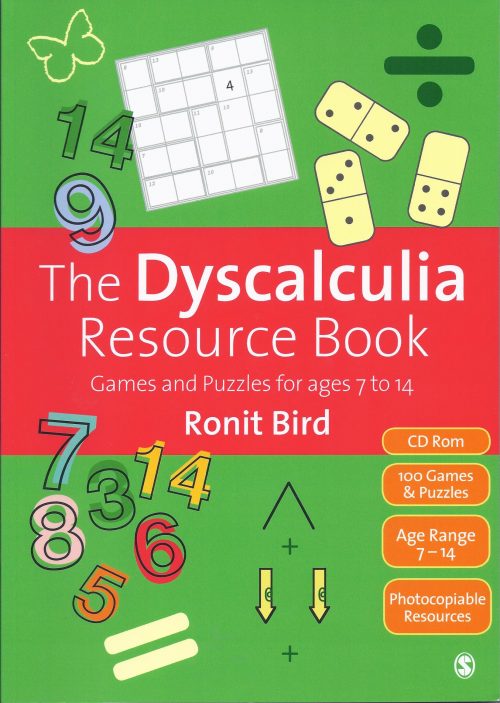Description
Highly respected Author and researcher David A. Sousa explains the neuroscience findings in practical understandable terms and discusses the impact this information has for teaching mathematics at all grade levels.
How the Brain Learns covers the cognitive mechanisms for learning mathematics, the environmental and developmental factors that contribute to mathematics difficulties and ways to differentiate mathematics instruction.
This text offers a unique and simplified four-tier model for teaching mathematics to pre K – 12 students that helps teachers consistently relate what learners experience in the classroom to concrete, real-world applications. Based on primary research, this groundbreaking text also examines:
- Children’s innate number sense and how the brain develops an understanding of number relationships
- Rationales for modifying lessons to meet the developmental learning stages of young children, preadolescents and adolescents.
- How to plan lessons in mathematics
- Implications of current research for planning mathematics lessons, including discoveries about memory systems and lesson timing
- Methods to help elementary and secondary school teachers detect mathematics difficulties
Teachers at all levels will find this book invaluable for making informed decisions about which instructional strategies and activities to use in creating a mathematics friendly classroom.






What others are saying
There are no contributions yet.